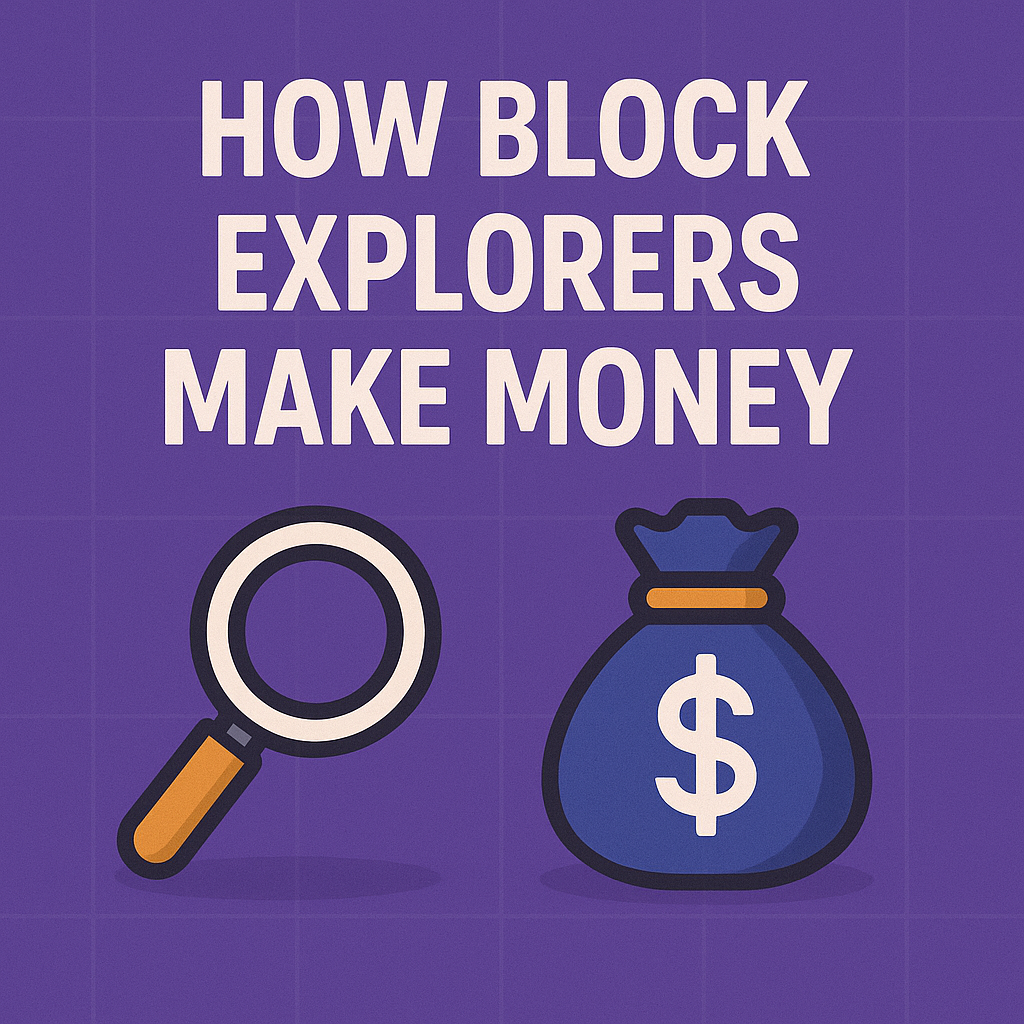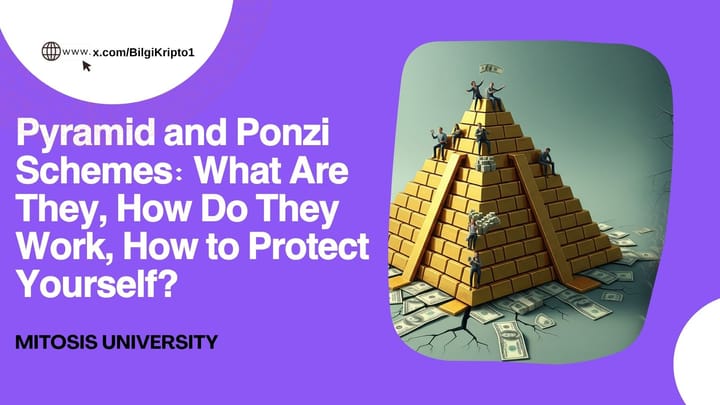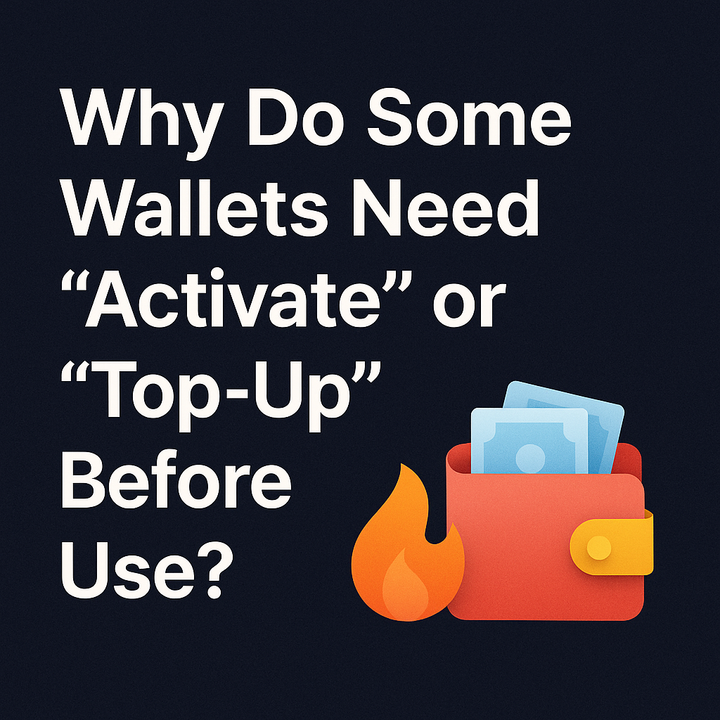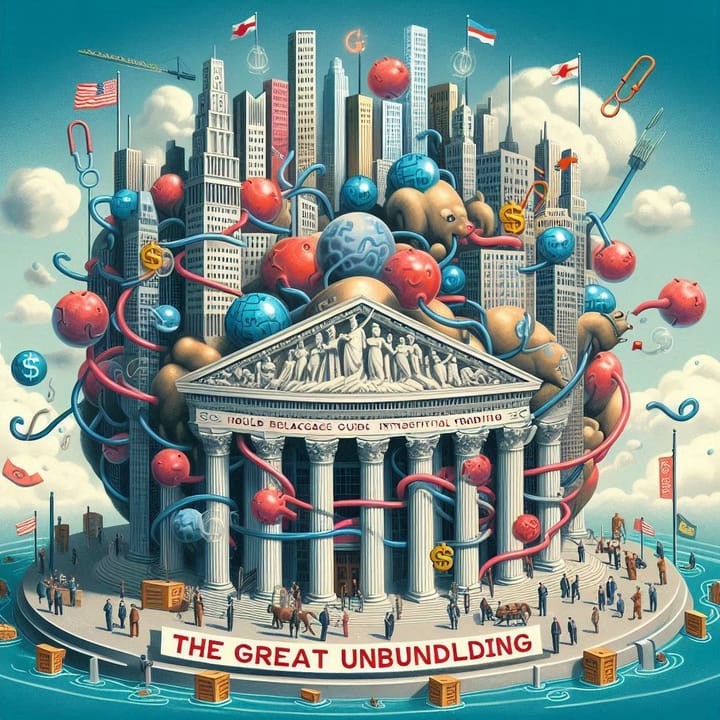How Block Explorers Make Money

Introduction: What’s a Block Explorer?
If you’ve ever checked your wallet balance or traced a crypto transaction, you’ve likely used a block explorer. These tools let anyone look into blockchain activity in real time.
Popular explorers include:
- Etherscan (Ethereum)
- Solscan (Solana)
- Snowtrace (Avalanche)
- Arbiscan (Arbitrum)
They feel like public goods — free, simple, open. But behind the scenes, they’re businesses with costs, teams, and revenue.
So… how do they make money?
1. API Subscriptions for Developers
One of the biggest money-makers is API access.
Block explorers collect and organize huge amounts of blockchain data. dApps, wallets, bots, and analytics tools need this data — fast and reliably.
To get high-speed, high-volume access, developers pay for premium API plans. These plans often include:
- Higher request limits
- Priority bandwidth
- Enterprise-level support
Example:
Etherscan API has a free tier, but serious builders often pay hundreds to thousands of dollars per month.
2. Advertising and Sponsored Listings
Block explorers offer ad slots and sponsored placements, often targeted toward crypto-native audiences.
You might see:
- “Verified” or highlighted token listings
- Banner ads for new dApps or tools
- Promoted search results
This is valuable real estate — explorers get high-intent traffic from users already researching wallets, coins, or transactions.
3. Token & Contract Verification Fees
Want your token or smart contract to look legit?
You’ll probably apply for verification — that shiny blue checkmark.
Many explorers charge small fees to:
- Review and verify tokens
- Add logos, metadata, and social links
- Remove scams or duplicates
This isn’t just a trust signal — it’s also a revenue model, especially on newer chains with hundreds of tokens launching weekly.
4. Premium Analytics Tools
Some explorers offer advanced dashboards for power users, traders, or analysts.
These may include:
- Portfolio tracking
- Historical charts
- MEV (Miner Extractable Value) stats
- Wallet tagging and alert systems
These tools are often gated behind subscriptions or pro tiers, especially on newer platforms.
5. Private Data Deals and White-Label Services
Behind the scenes, explorers can monetize through:
- Selling structured data to VCs, funds, or compliance teams
- Offering white-labeled explorer setups for L2s or private chains
- Building custom dashboards for enterprise clients
These B2B deals don’t show up publicly, but they’re lucrative and common.
Conclusion: Not Just a Free Tool
Block explorers seem like simple, public-facing websites — but they run like data SaaS businesses.
They monetize through:
- Developer APIs
- Ads and sponsored tokens
- Verification services
- Paid analytics
- Private deals
So next time you peek at a wallet or track a transaction, remember — behind that smooth UI is a quietly powerful business model.
For More Info related to Mitosis please follow official links below
Mitosis Website : https://mitosis.org/
Mitosis Expedition : https://expedition.mitosis.org/
Mitosis Docs : https://docs.mitosis.org



Comments ()